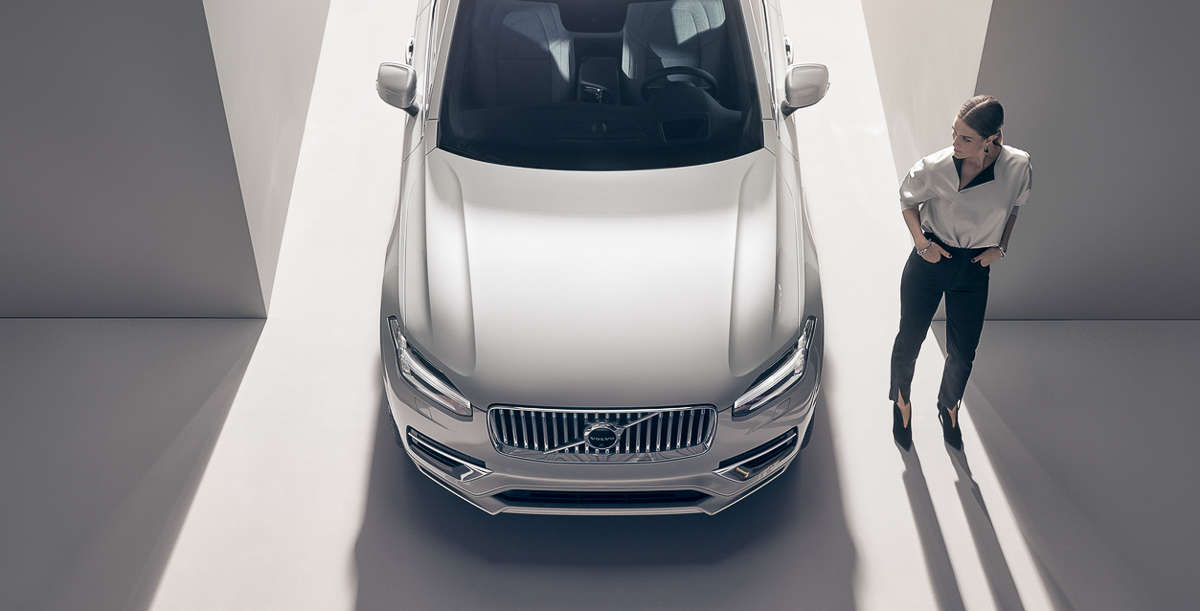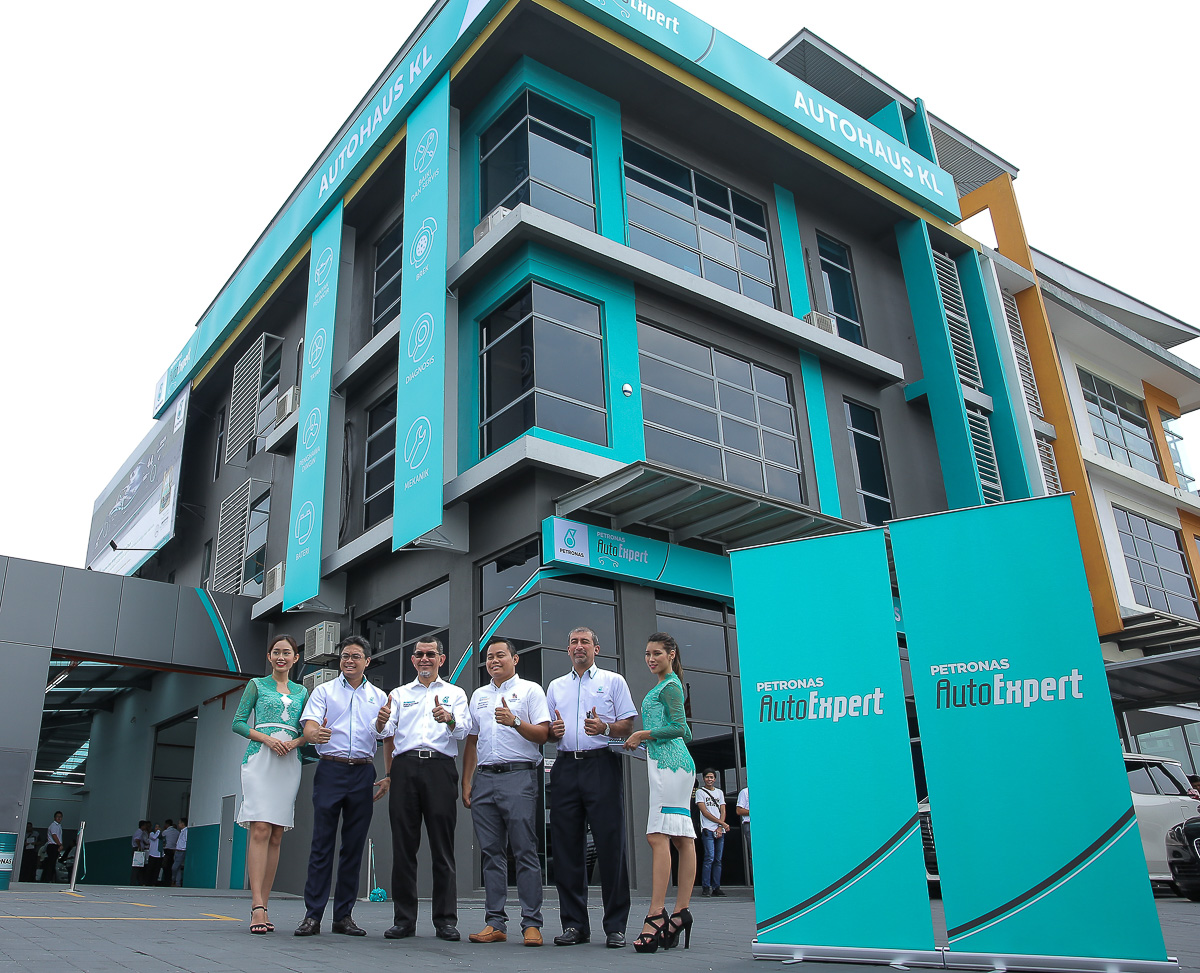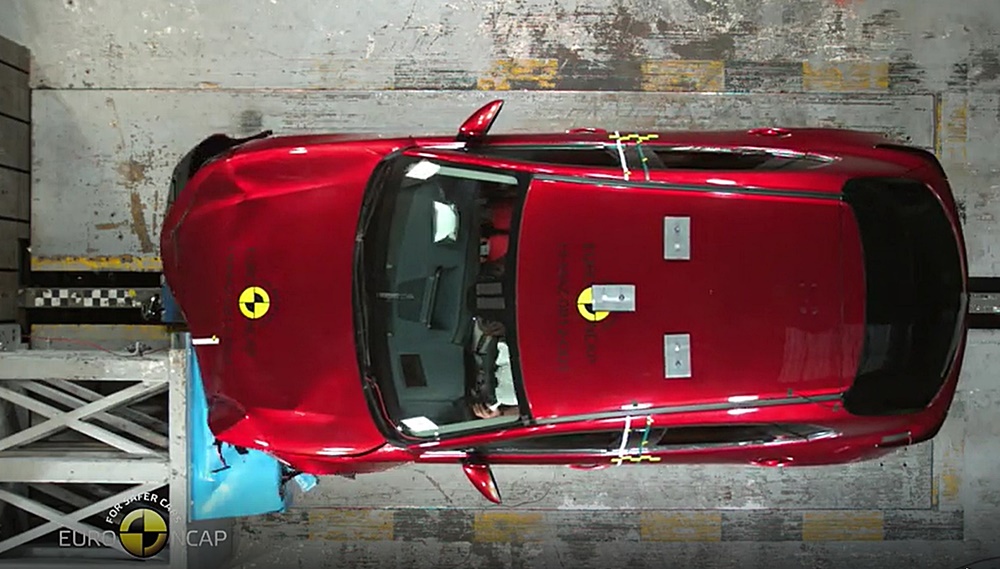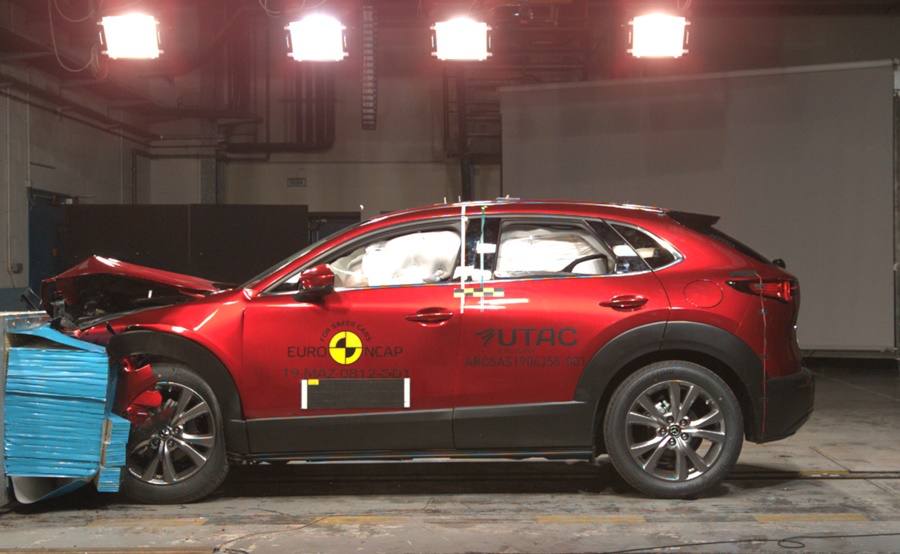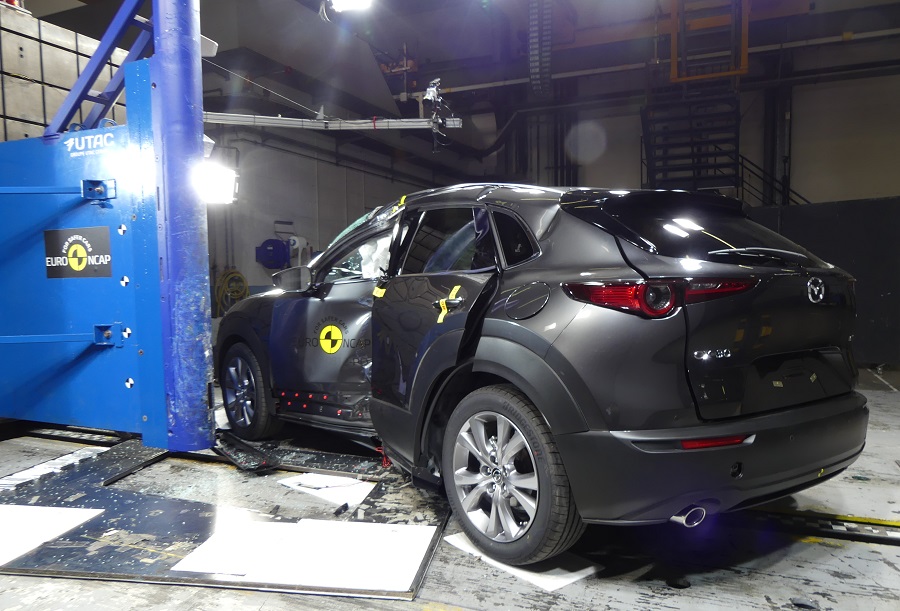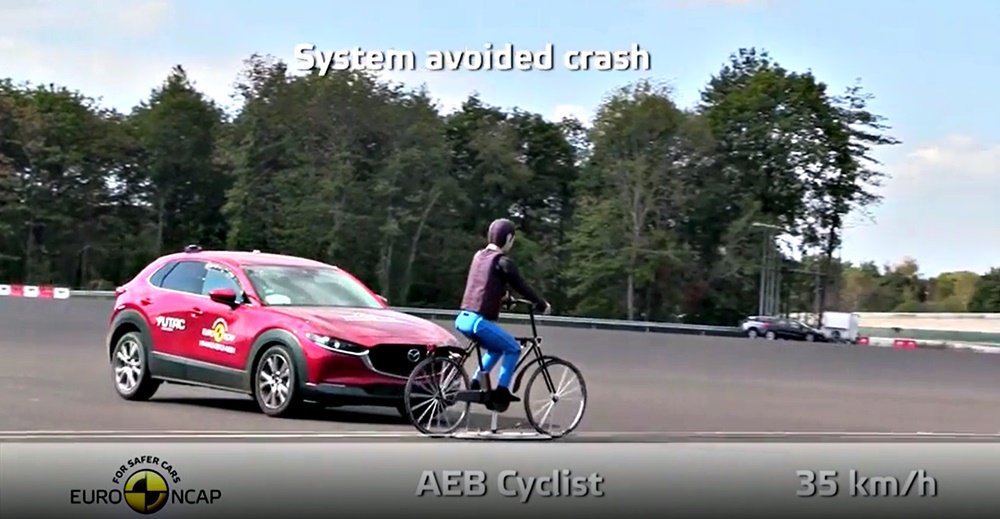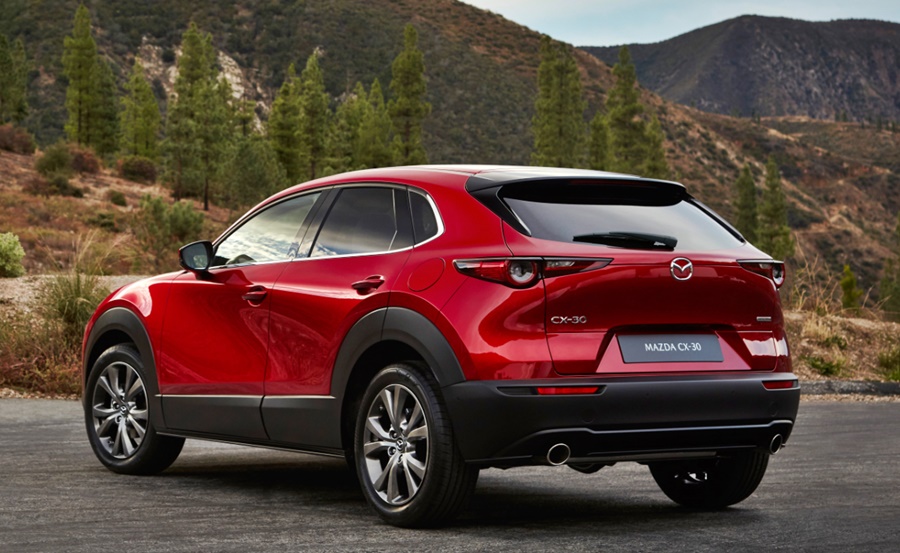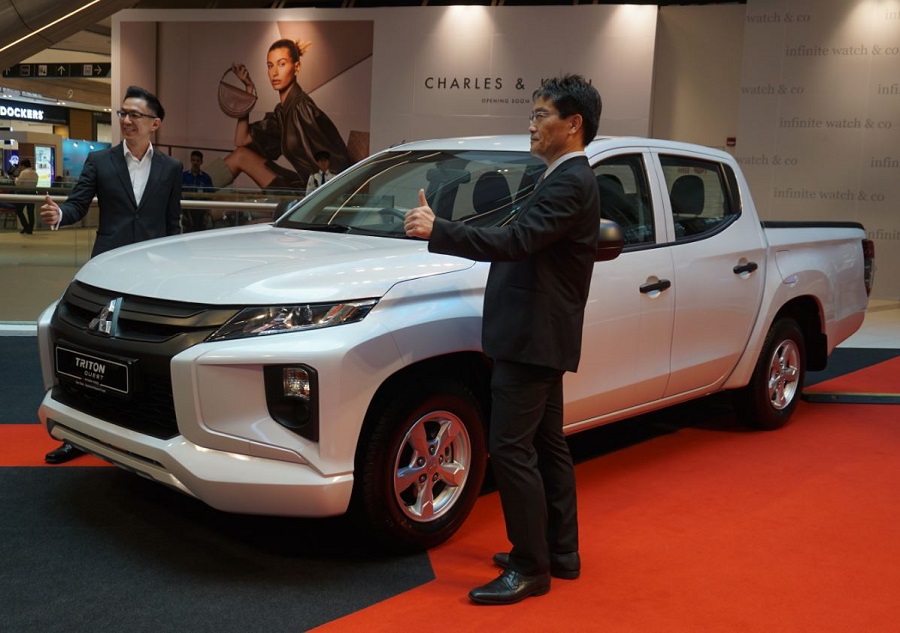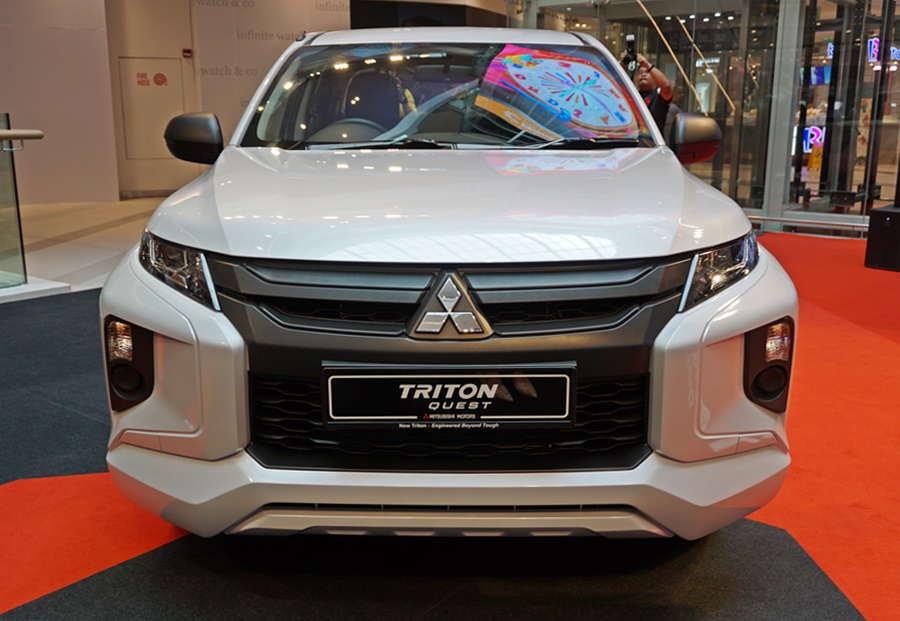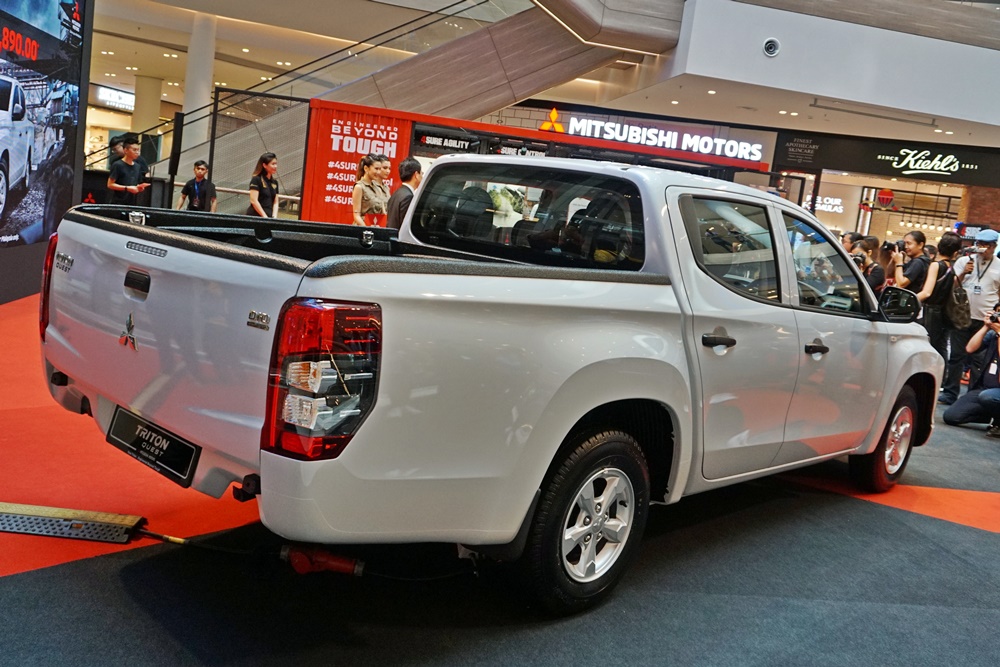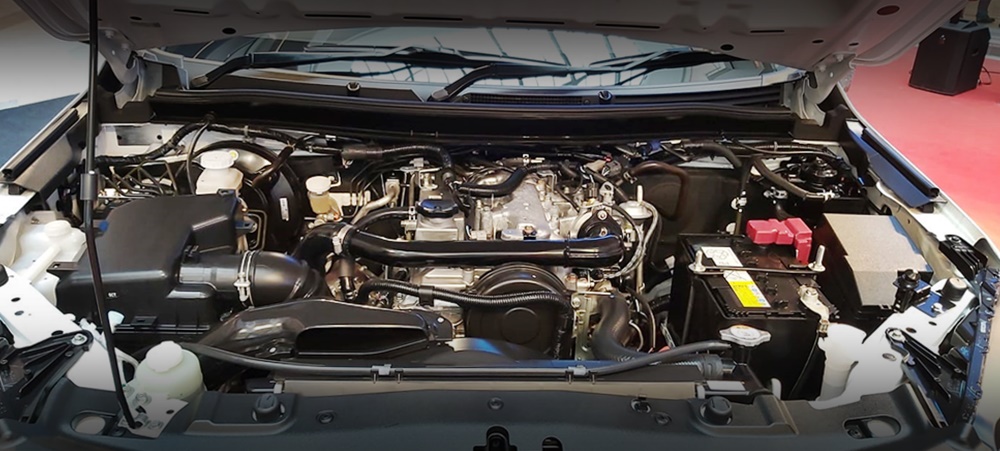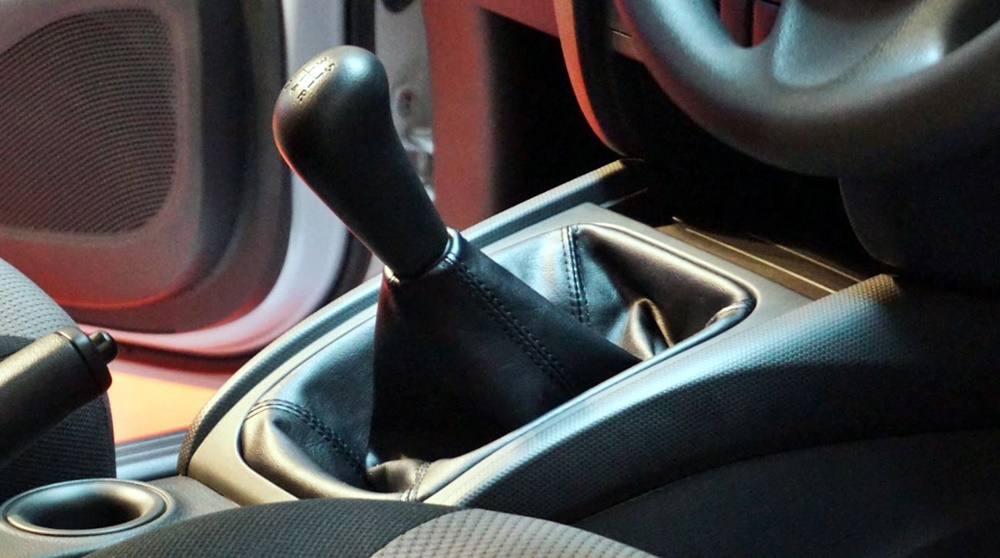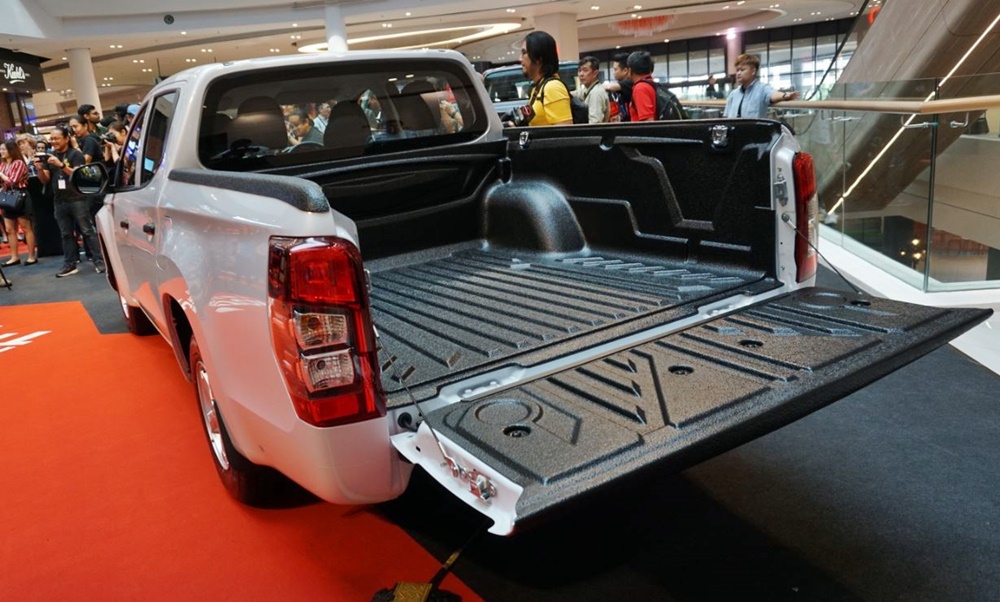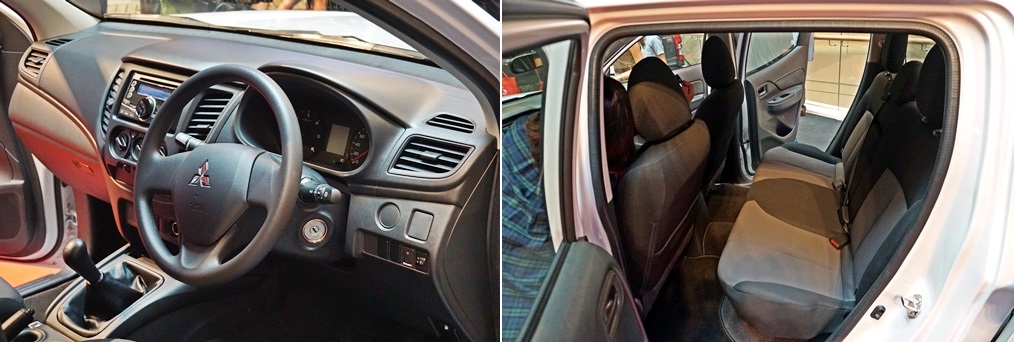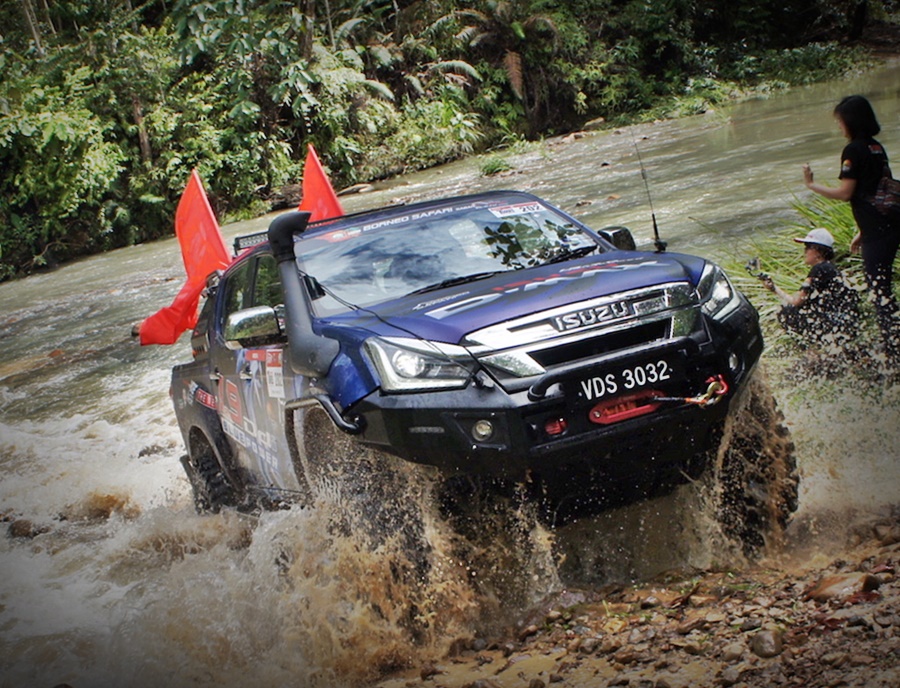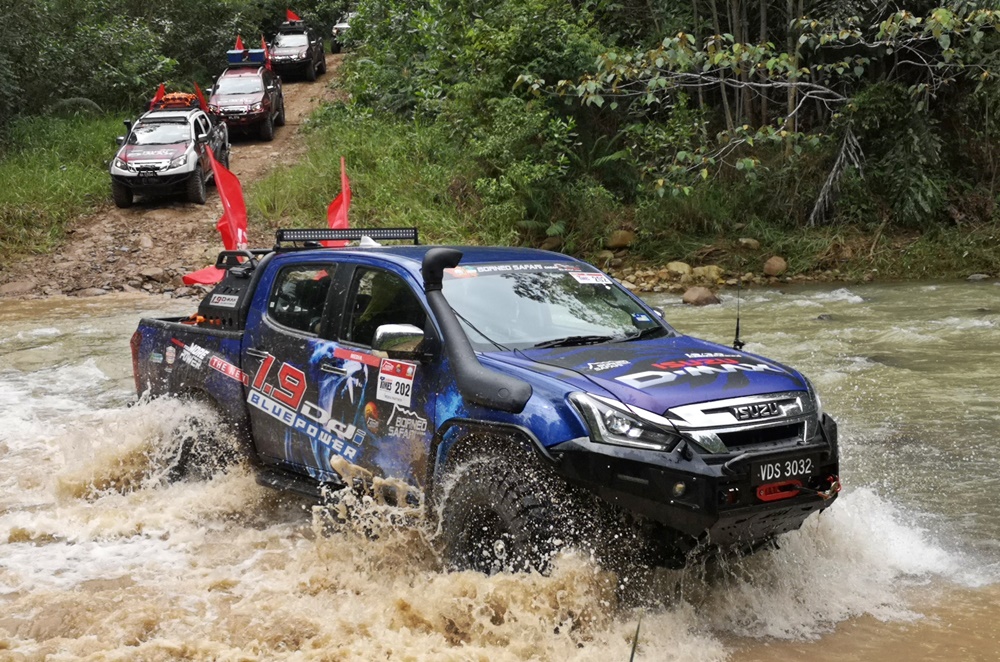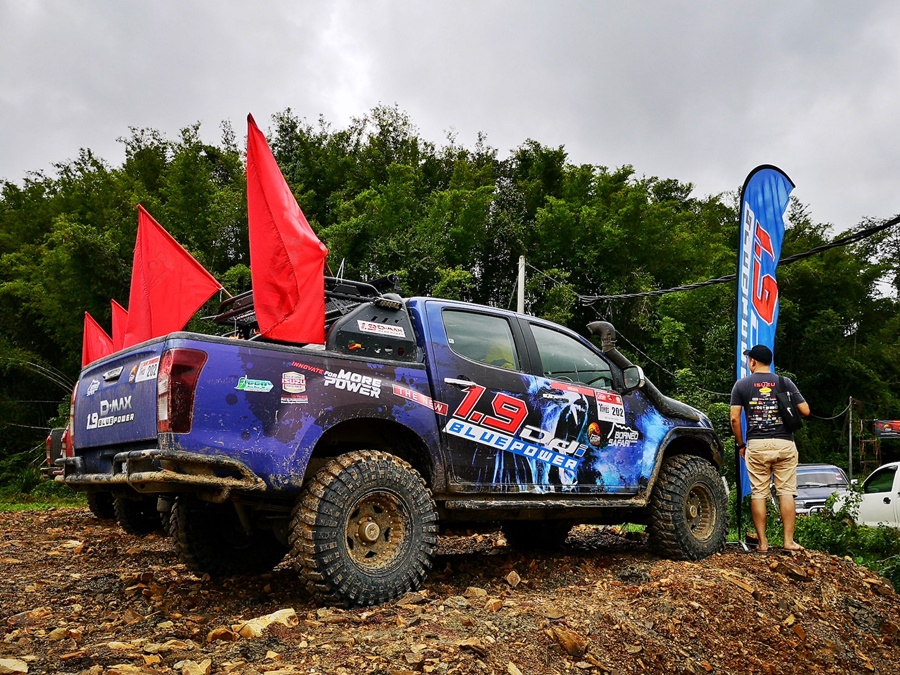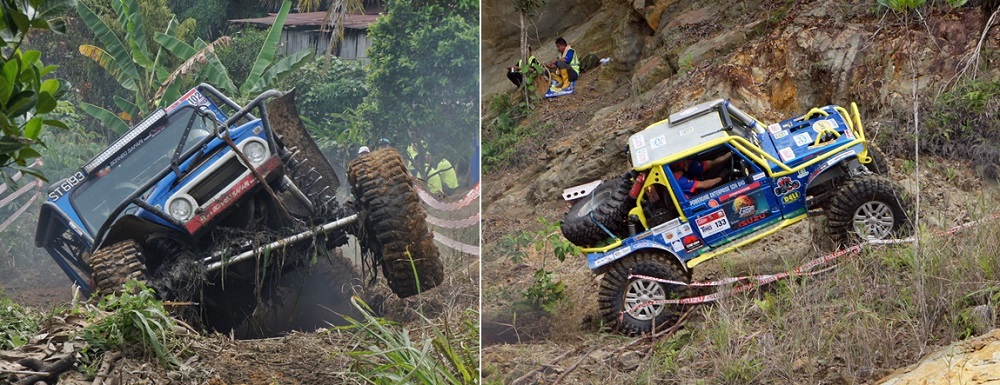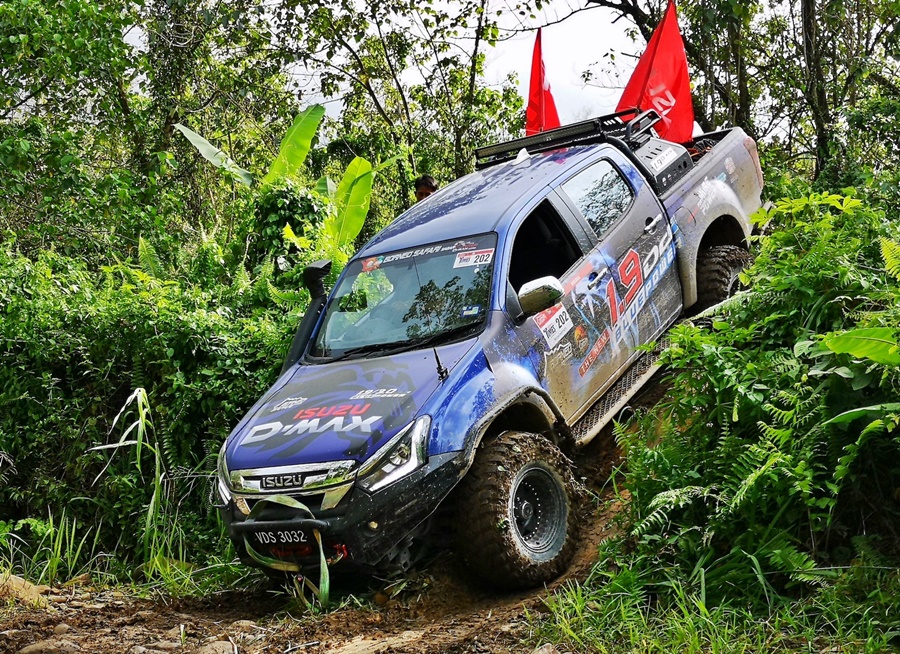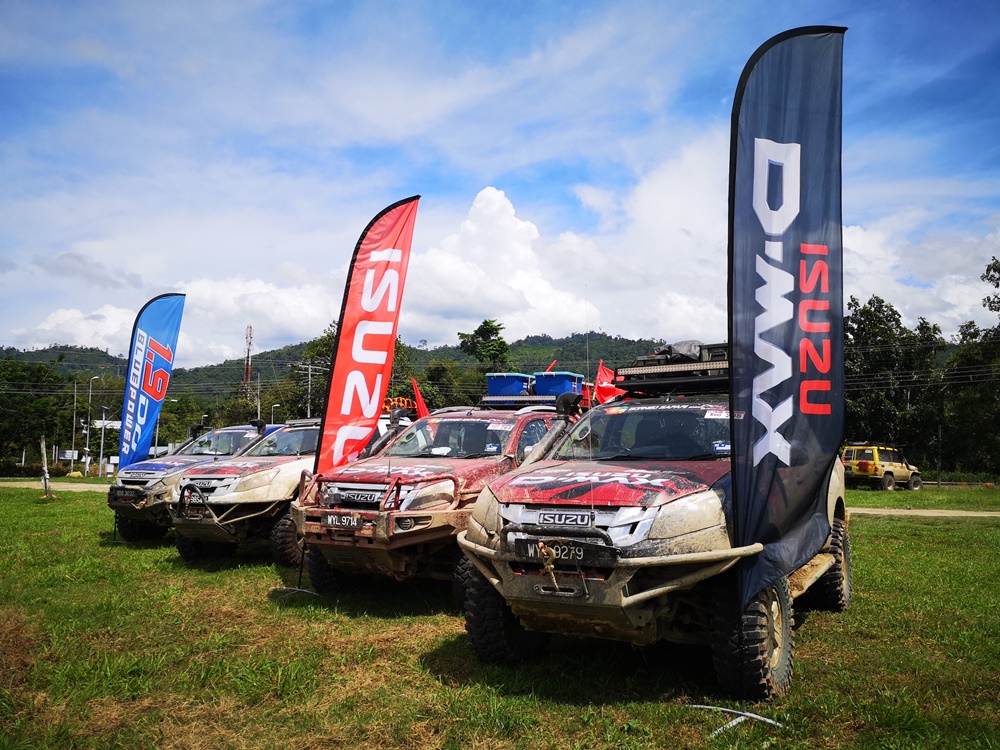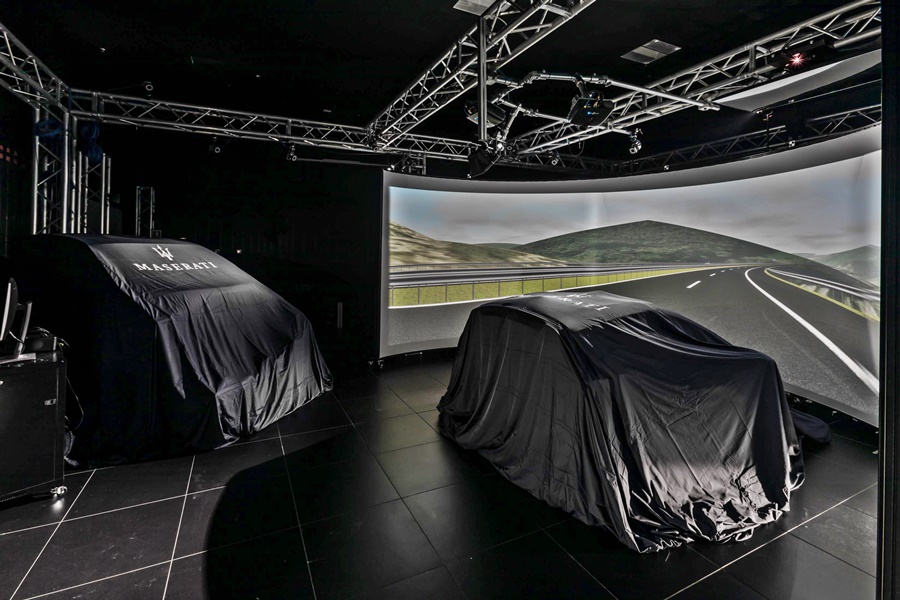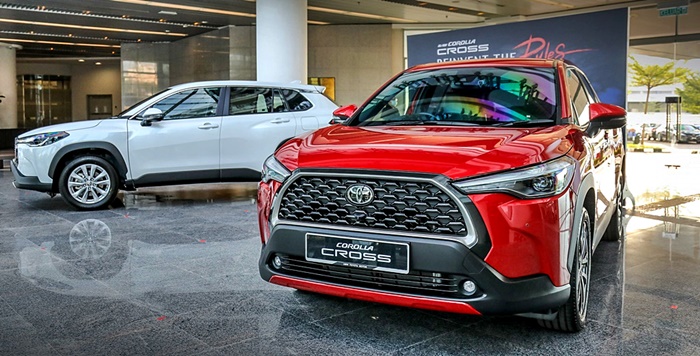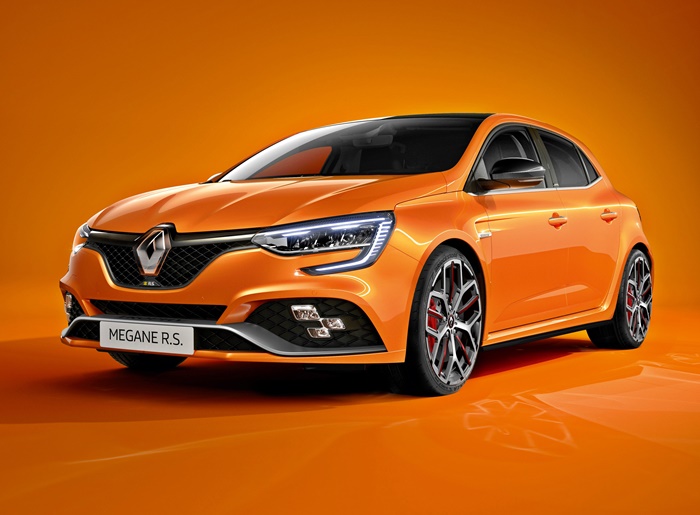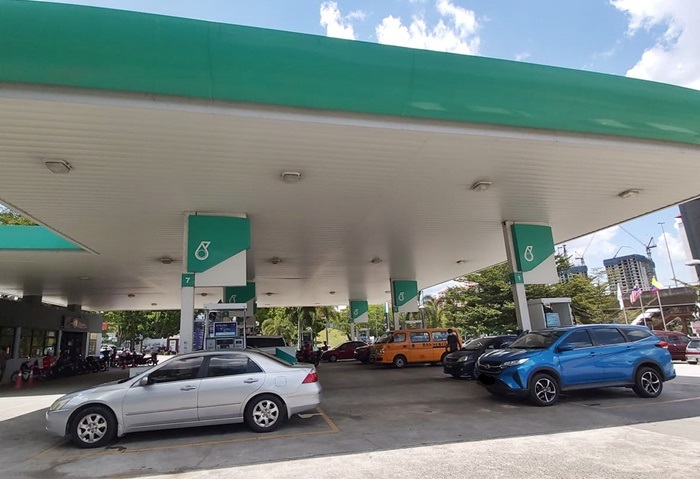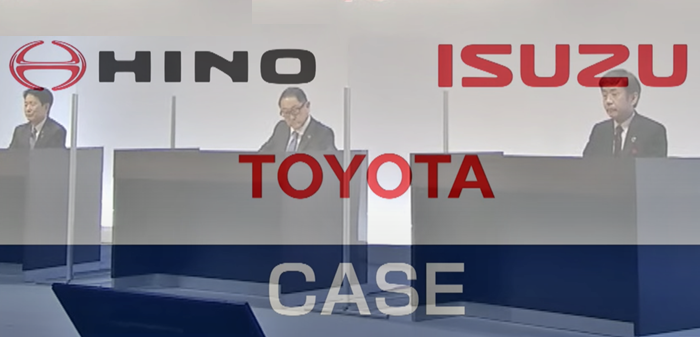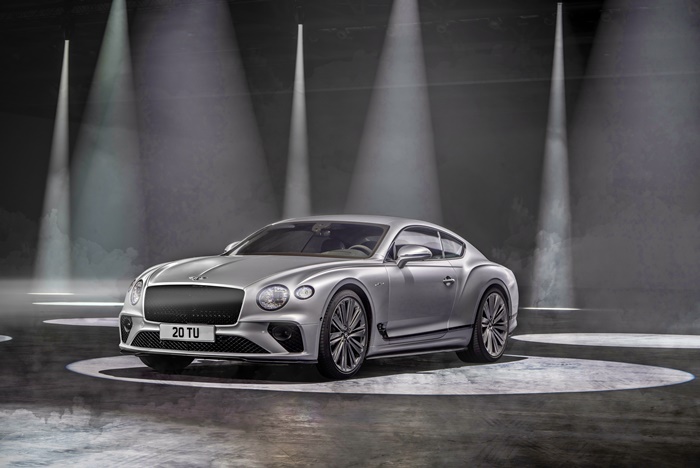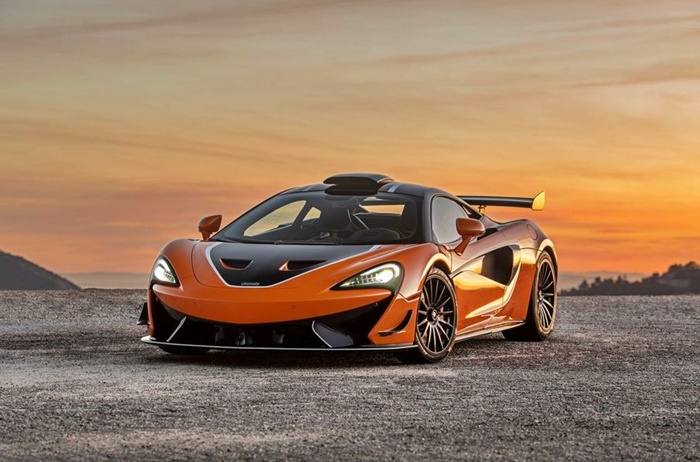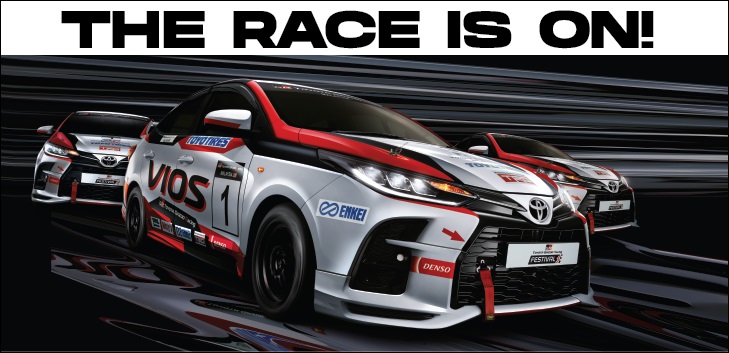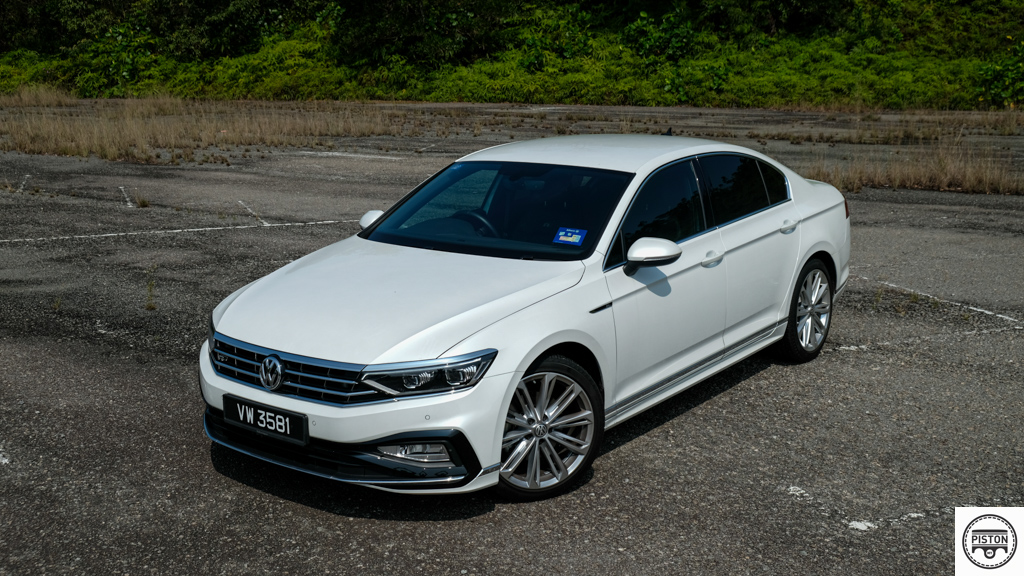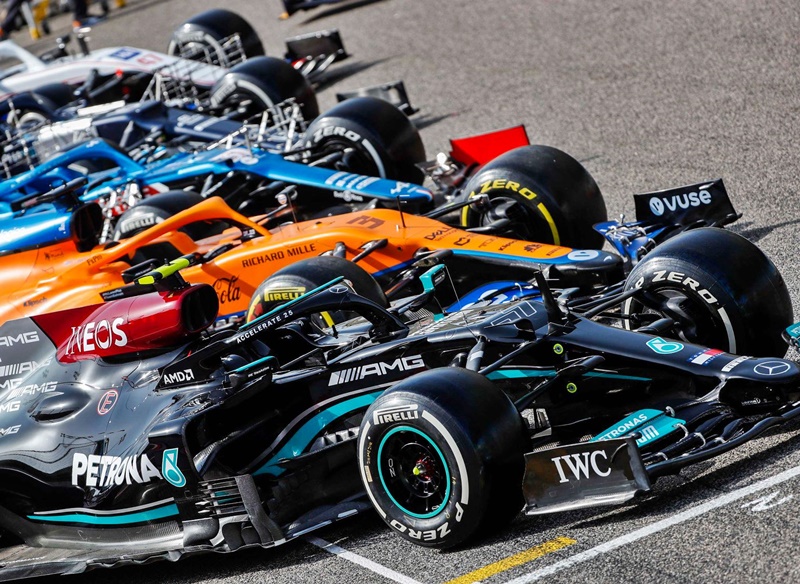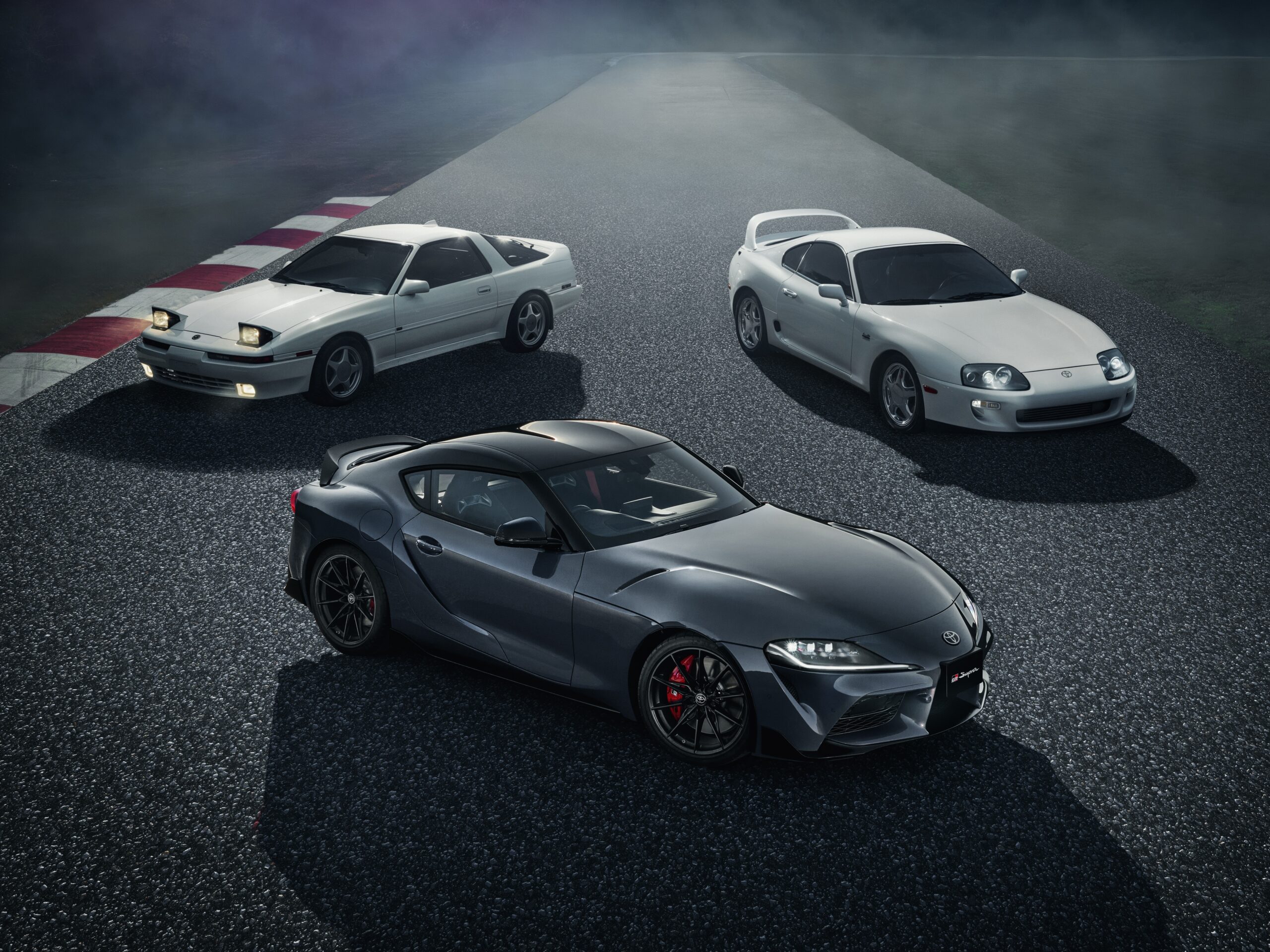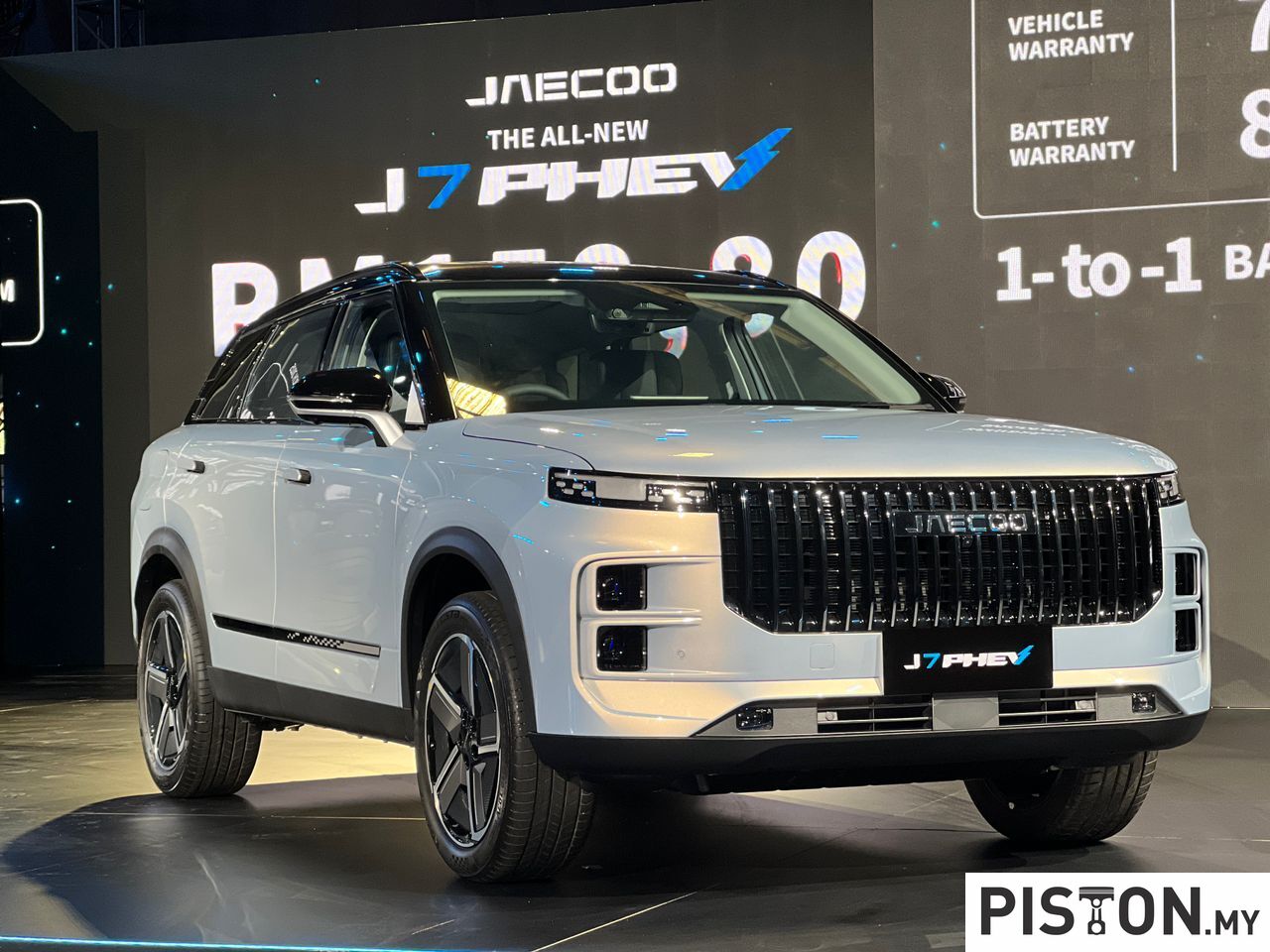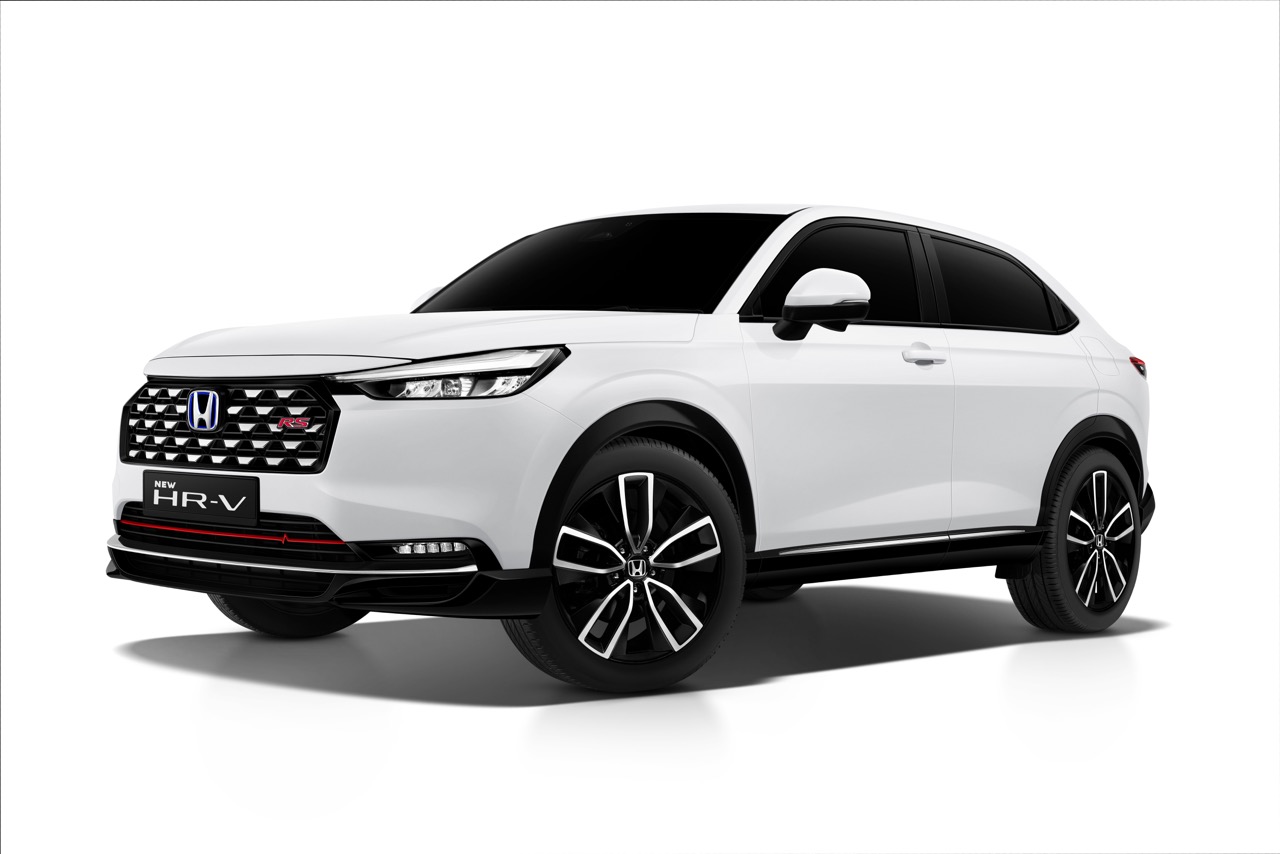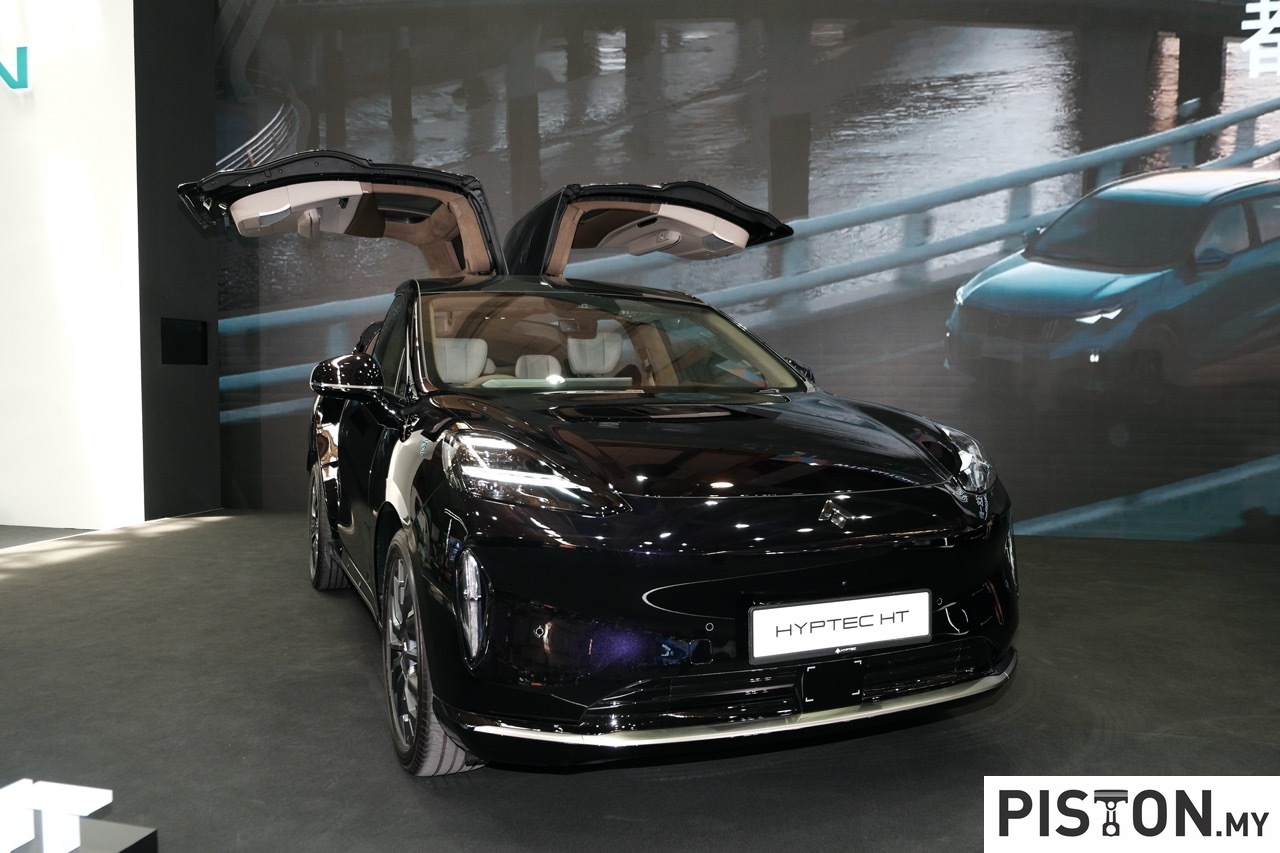
Some of the most secret areas in a car company are those where future products are planned and new technologies developed. These are the R&D facilities where, in some cases, even the employees are subjected to security checks every day. At one company, they are allowed to bring in handphones but these must be very old models that have no cameras and recording capability.
So it’s a surprise move that Maserati has opened the doors of its Innovation Lab which is usually off-limits. Of course, this look inside the Innovation Lab is not going to be on the list of tourist tours in Modena!
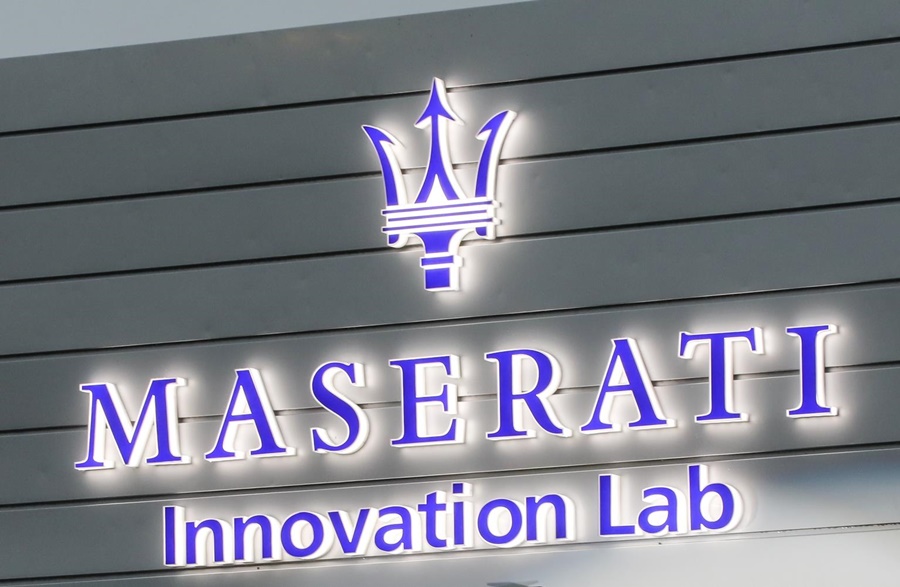
The brand’s engineering hub, inaugurated in September 2015 and located in Modena, Italy, has the fundamental role of driving research technology, development and planning. At this facility, the digital processes support the product development, applying the exclusive Maserati formula which, by means of an integrated approach, prioritizes the human factor right from the initial phases. Concern with customer needs has been scrupulously incorporated into the virtual simulation process thanks to an exclusive mix of hardware and software.
The Product Development hub (or Technical Department) employs more than 1,500 technicians (including those at other locations in Italy). The majority are engineers of some 17 different nationalities and it is a very young and dynamic workforce with an average age of around 37 years. Almost half of the employees are under 35 and 20% are under 30. The organization has grown considerably in recent years, attracting top graduates from the best Italian universities, including those that collaborate with Maserati.
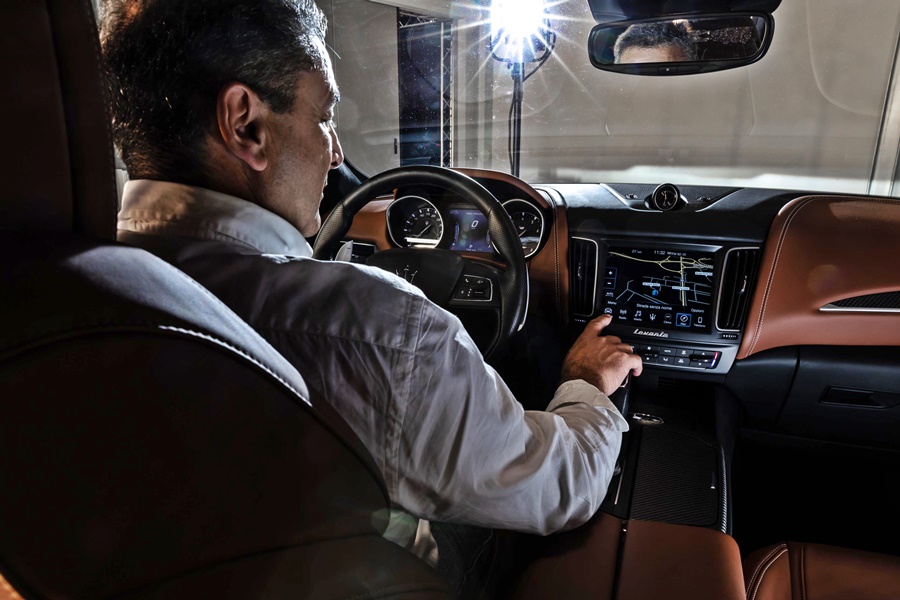
Static Simulator
The Static Simulator is the starting point for every experience in the Maserati realm of simulation. The system is composed of a cockpit, three projectors and high computational power. It is a simple system that helps engineers, from the very initial phase of the development process, obtain immediate feedback from the driver, and makes a major contribution to new model validation.
In particular, Maserati engineering ensures a driver-centred strategy even during virtual development, by creating a link between the Hardware In the Loop (HiL) methodology and the simulator. Using this approach, real subsystems such as steering and braking, ABS and ESC can be added in, to create tests that connect physical and simulated components to provide a test-bed for developing all the characteristics of a new vehicle.
Last, but not least, driver assist systems can be developed, trialled and validated in a safe environment by reproducing the complex scenarios which may arise anywhere in the world.
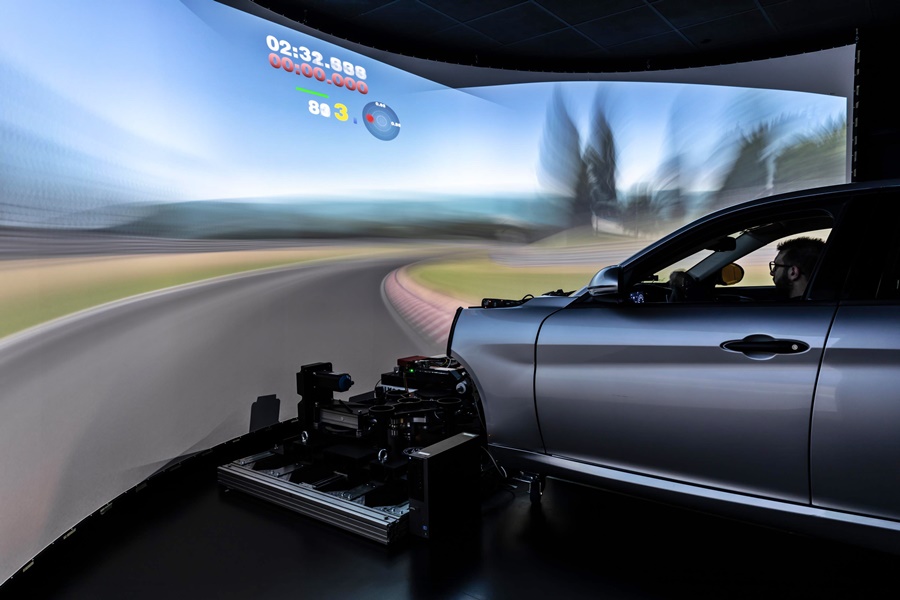
DiM (Driver-in-Motion) technology
The Dynamic Simulator featuring latest generation DiM (Driver-in-Motion) technology is the most modern and advanced found in Europe. It is extremely valuable in the development of all the new models. The Dynamic Simulator incorporates state-of-the-art technology and enables full exploitation of systems’ integration thanks to the evolution of proprietary control strategies, cutting development times and costs. It also helps to reduce the number of prototypes and ensures that the Virtual Sign-Off is very close to the final product.
With various directions of movement, this tool generates an effective driving experience in a virtual environment that emulates the driving dynamics of a car in the real world. Numerous environments can be programme with a wide variety of road surfaces or contexts, including the world’s top international racing circuits. The simulator makes it possible to test cars on various racetracks on the same day. Modifications to the vehicle can be made with a few simple clicks and this greatly simplifies the analysis of the data gathered.
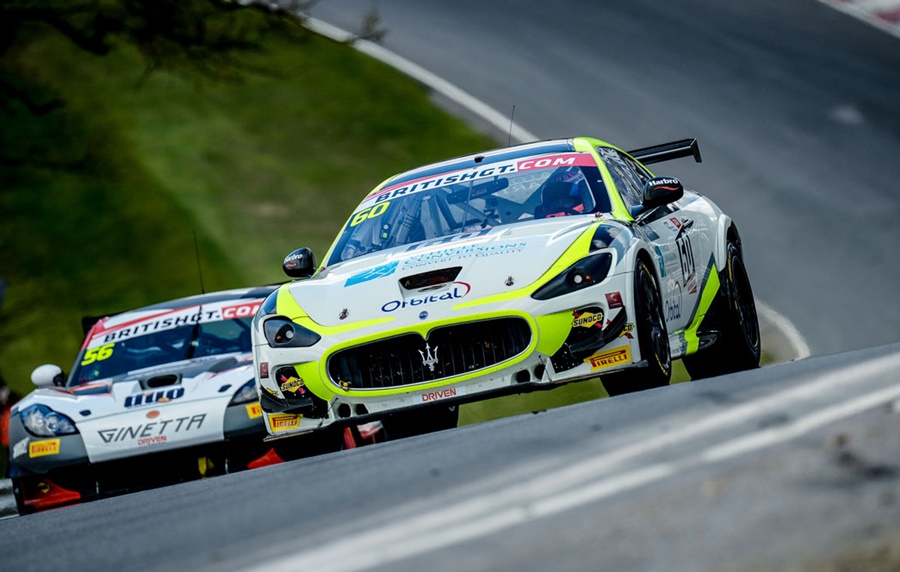
The majority of simulators utilize six actuators in order to offer six “degrees of freedom”. The innovative dynamic simulator used at the Innovation Lab takes full advantage of 9 actuators, thanks to which it can utilize 3 degrees of freedom with the lower platform and 6 with the upper one. In this way, it can offer in total 9 degrees of freedom to accurately reproduce the driving characteristics of a car. All of this enables the engineers to precisely analyse the dynamics of the car, in addition to driving performance and comfort, all on the same moving platform.
Another particularly interesting characteristic is a very thin cushion of air which makes the entire platform float over the pavement, enabling dynamic, silent and continuous movement thanks to the electric actuators.
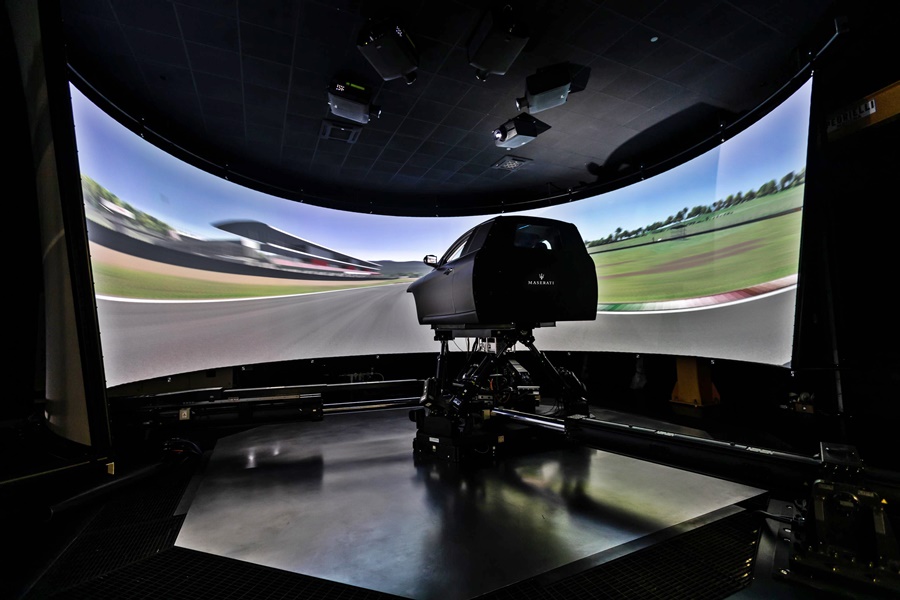
The Dynamic Simulator featuring latest generation DiM (Driver-in-Motion) technology offers tried and tested technology that makes it possible to achieve a 50% reduction in time-to-market for new cars, to carry out 90% of all development on the simulator and to reduce by 40% the use of physical prototypes.
Using the simulator makes it possible to study and emulate the electrified vehicles included in Maserati’s future plans even before physical tests become possible. Thus, the new opportunities offered by this different propulsion method can be analysed and explored in ways that keep the Maserati DNA absolutely intact.
The User eXperience development labs
These labs are fundamental in the design of the human-machine interfaces, one of the major challenges of the latest Maserati development projects. The rapid evolution of connectivity and the use of driver assist systems, combined with electrification, generate a vast number of scenarios for multisensorial interaction with the vehicle.
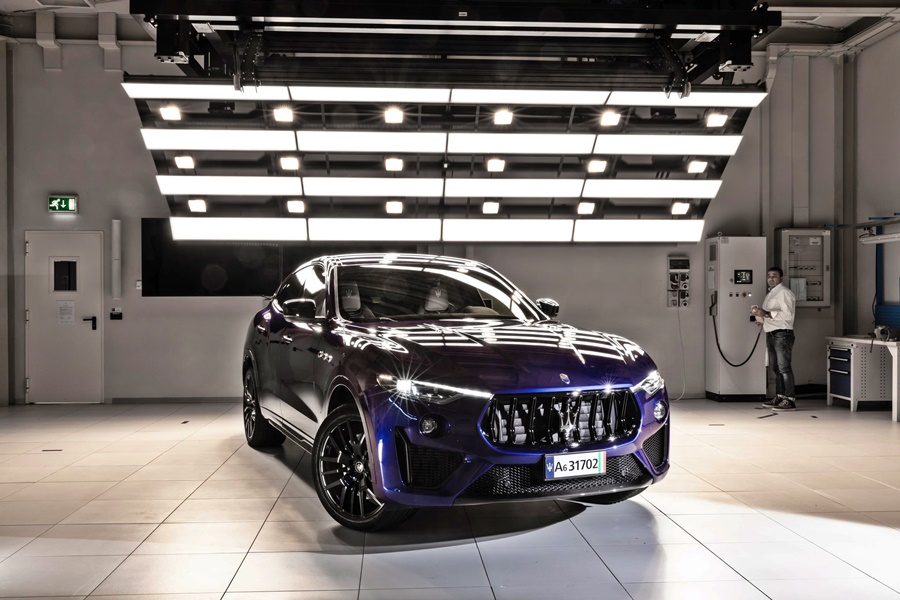
The Maserati driver simulator hub includes a lab dedicated to vehicle ergonomics, enabling accurate reproduction of driving posture, visibility and interactions with the on-board controls and displays, and where the vehicle under development can be driven in any scenario with the utmost realism.
The skylight simulator, for example, is designed to reproduce lighting conditions at all times of day, at any point in the year and at any latitude. Here there is an in-depth focus on reflection problems, to avoid disturbance at the wheel while still providing solutions with attractive shapes, materials, finishes and colours.
(more…)







